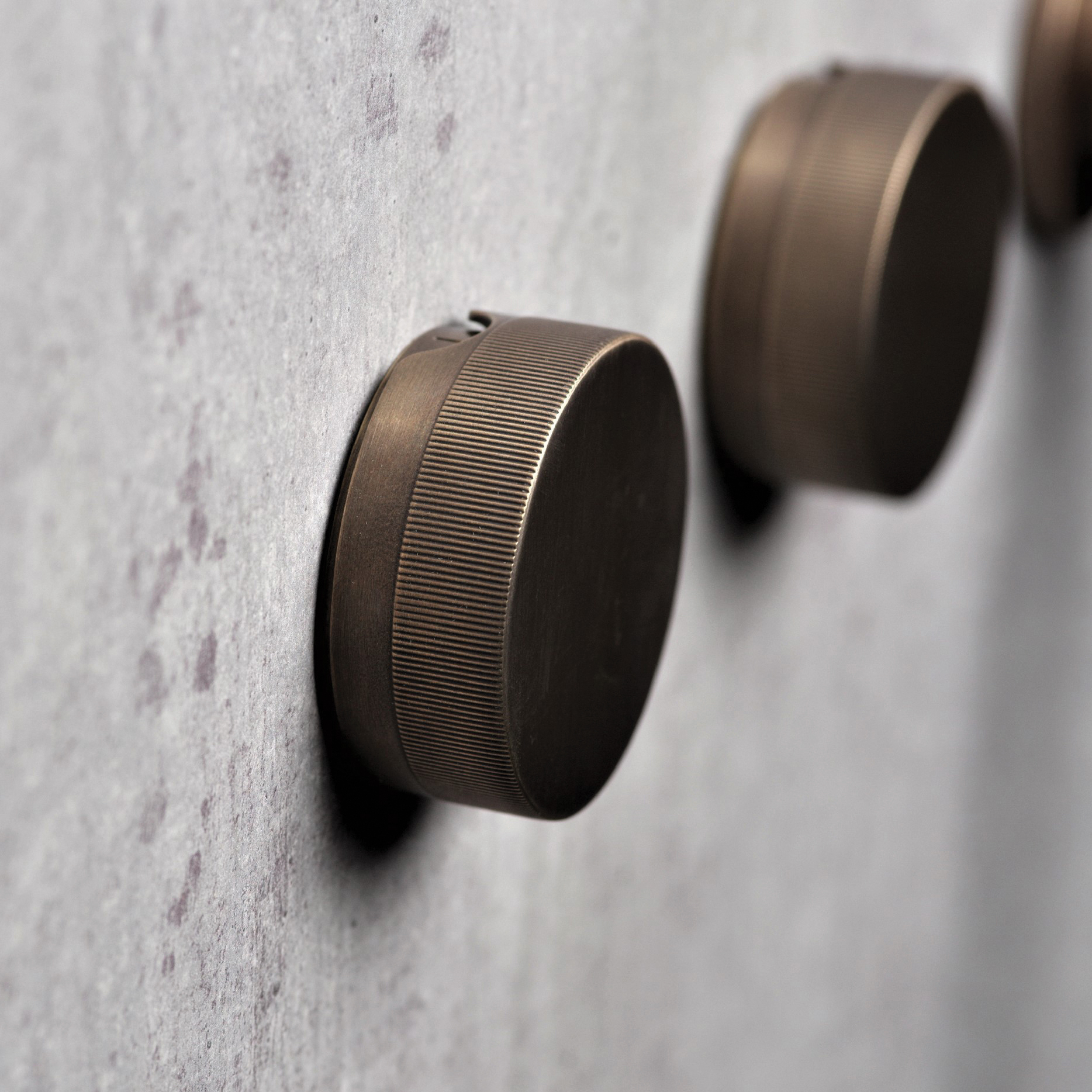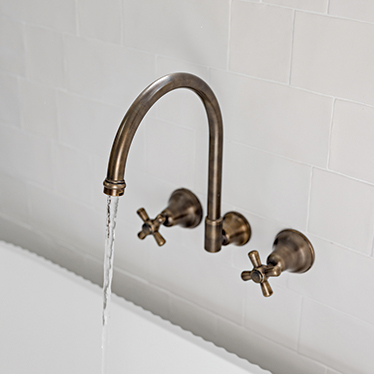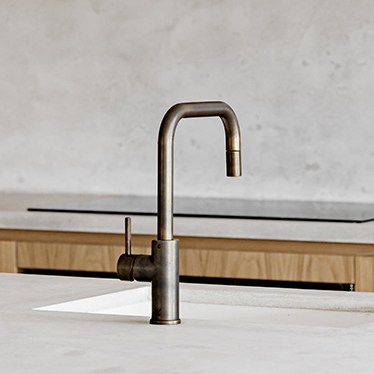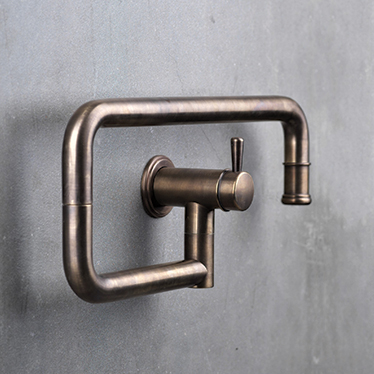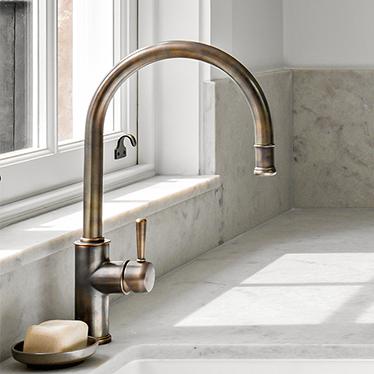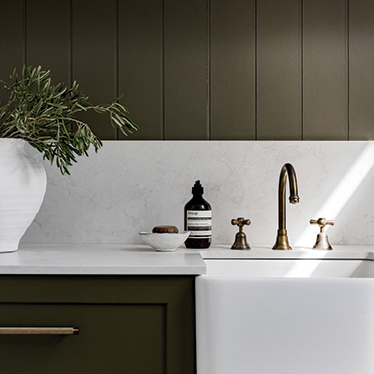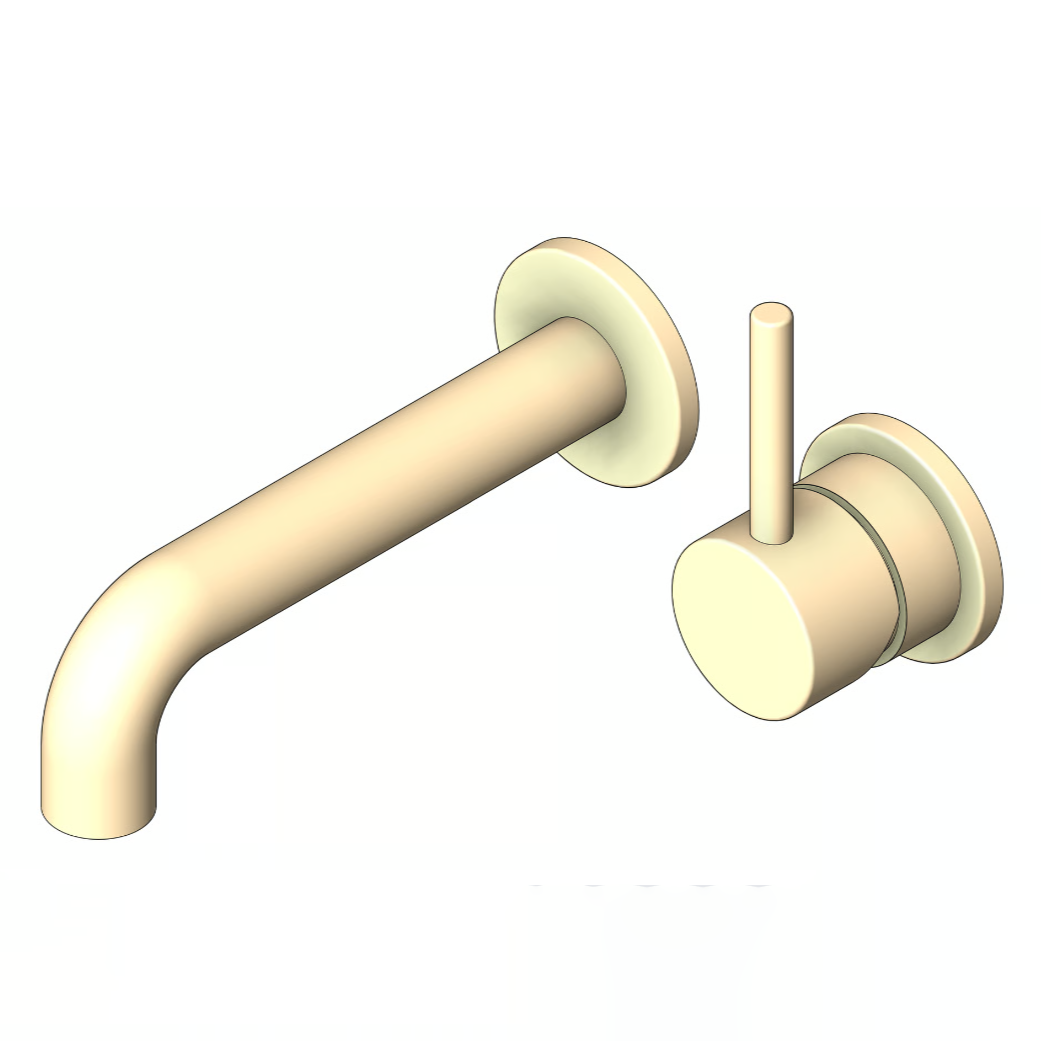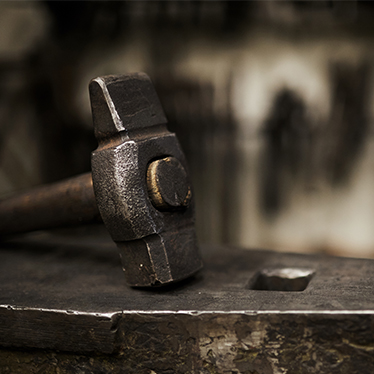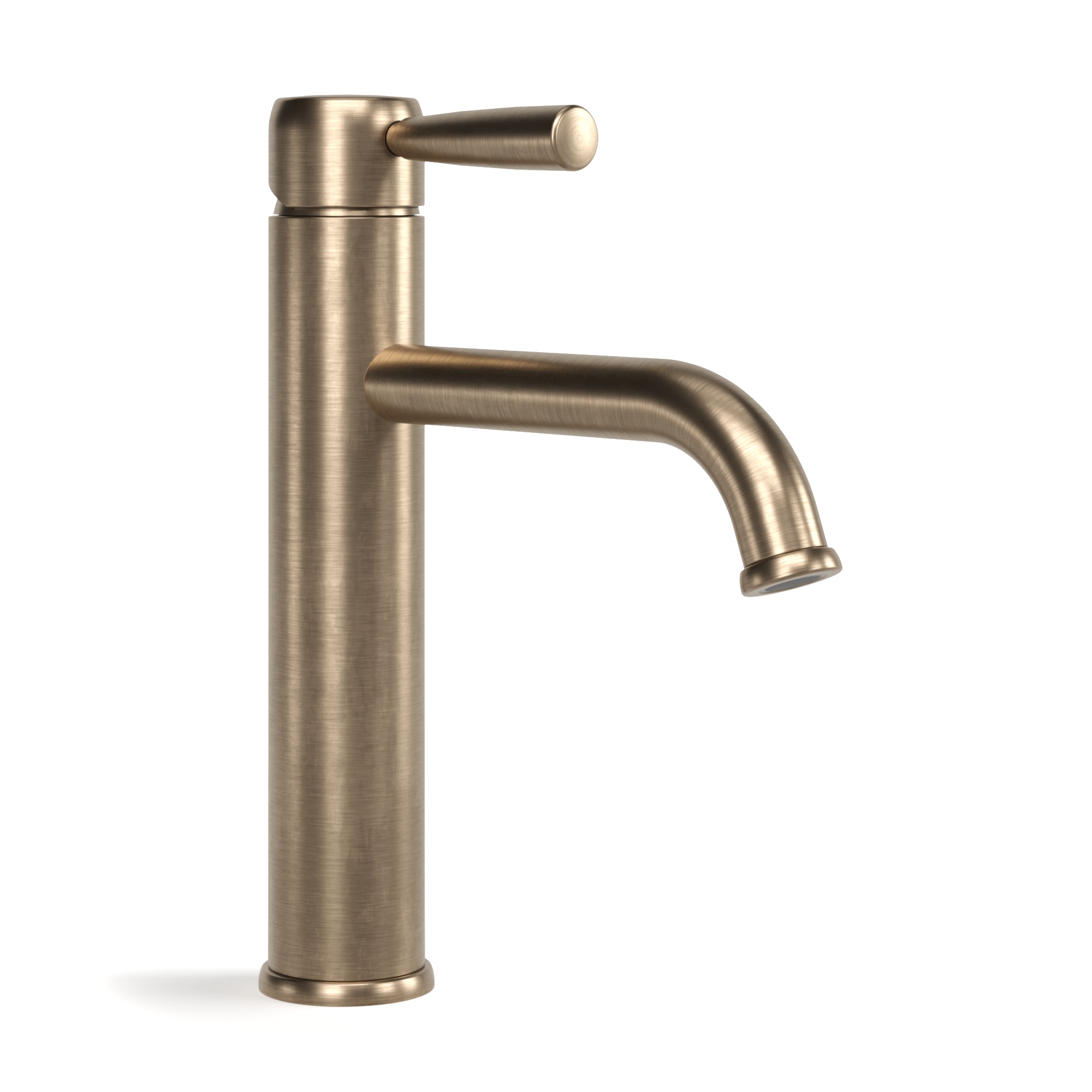
yesdigital 01 Aug 2025
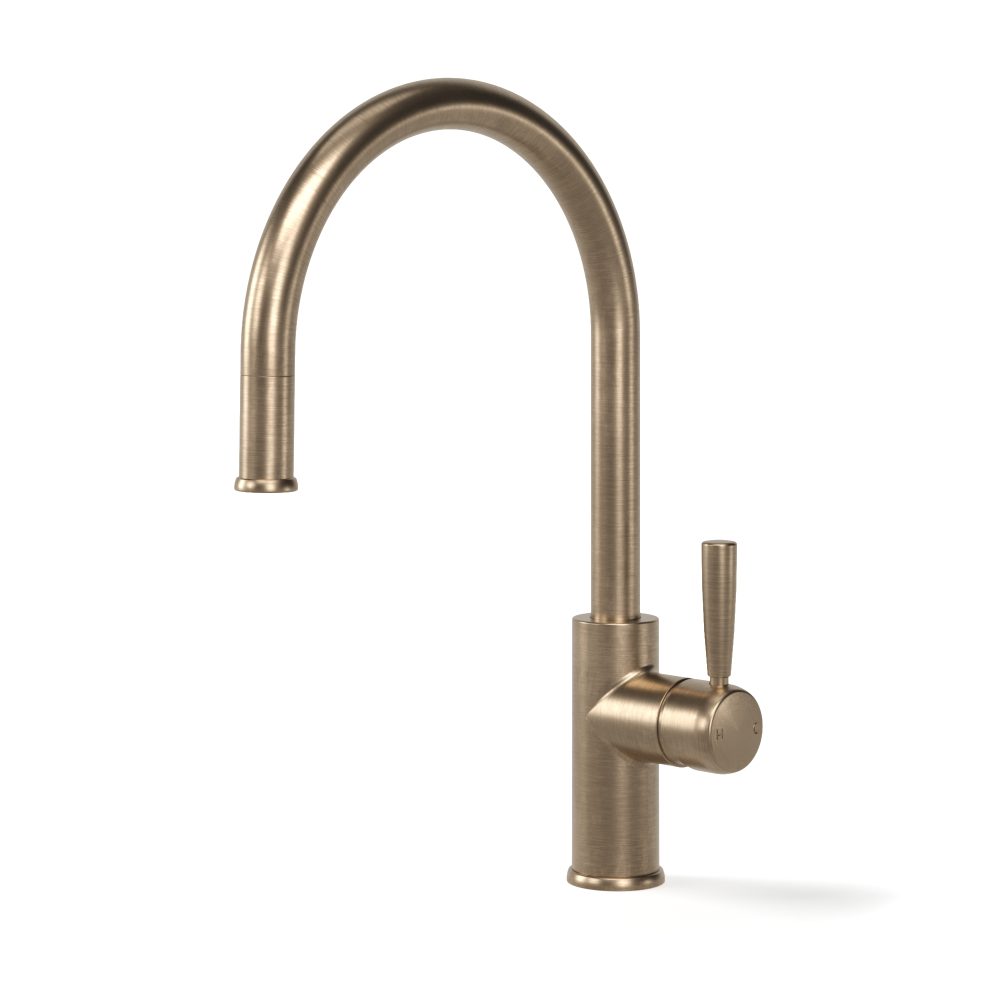
Mixing tapware finishes in one room was once considered a design risk. Today, it’s a growing trend, when executed well, it can result in highly considered, custom interiors that reflect the character of the space. For architects, interior designers, and builders working in the premium residential and boutique commercial sectors, the question isn’t whether you can mix finishes—but how to do it correctly.
The Rise of Mixed Finishes in High-End Projects
Designers are increasingly blending different metal finishes to create contrast, depth, and intentional visual hierarchy. A matte black shower frame might sit alongside brushed brass basin tapware. A graphite kitchen mixer may be paired with stainless steel appliances. These combinations are no longer seen as clashing, but rather as layered and sophisticated when planned as part of a cohesive material palette.
In luxury Australian bathrooms and kitchens, this approach allows specifiers to soften bold feature finishes or highlight specific zones. A brushed copper wall mixer might serve as a focal point against subdued graphite fixtures elsewhere in the room. Done properly, the result is balanced and unique.
Guidelines for Mixing Tapware Finishes
While the concept is gaining popularity, successful execution relies on restraint and clear design intent. The most common approach is to choose one dominant finish and introduce a secondary finish as an accent. This ensures visual consistency and avoids the room feeling disjointed.
It’s also important to coordinate with other materials in the space. Finishes should relate to the broader interior scheme, such as cabinet hardware, lighting, or mirror frames. This maintains cohesion even when tapware finishes vary.
Faucet Strommen supports this flexibility by offering the same product designs across up to 20 finish options. This allows specifiers to mix and match within the same range while maintaining a unified silhouette and installation footprint. Builders benefit from consistent technical specifications, while designers retain control over visual outcomes.
When Mixing Isn’t Recommended
In compact spaces or highly symmetrical designs, mixing finishes may introduce unnecessary visual complexity. In these cases, sticking to a single finish ensures simplicity and flow. Projects with strict heritage or architectural guidelines may also favour uniformity over contrast.
Ultimately, mixing finishes should be a design decision—not a workaround for supply issues or changing briefs. Using Australian-made, high-end tapware from Faucet Strommen helps avoid compromises by allowing control over both form and finish from the outset.
Summary: Mixing Finishes with Confidence
Yes, you can mix tapware finishes in one room, but it must be intentional. With careful planning, finish variation can elevate a space and offer a point of difference in high-end fit-outs. Faucet Strommen makes it possible to mix finishes confidently, offering a wide range of matching products in custom finishes that suit the broader interior palette.
To view available finishes and order samples for your next project, visit faucetstrommen.com.au
